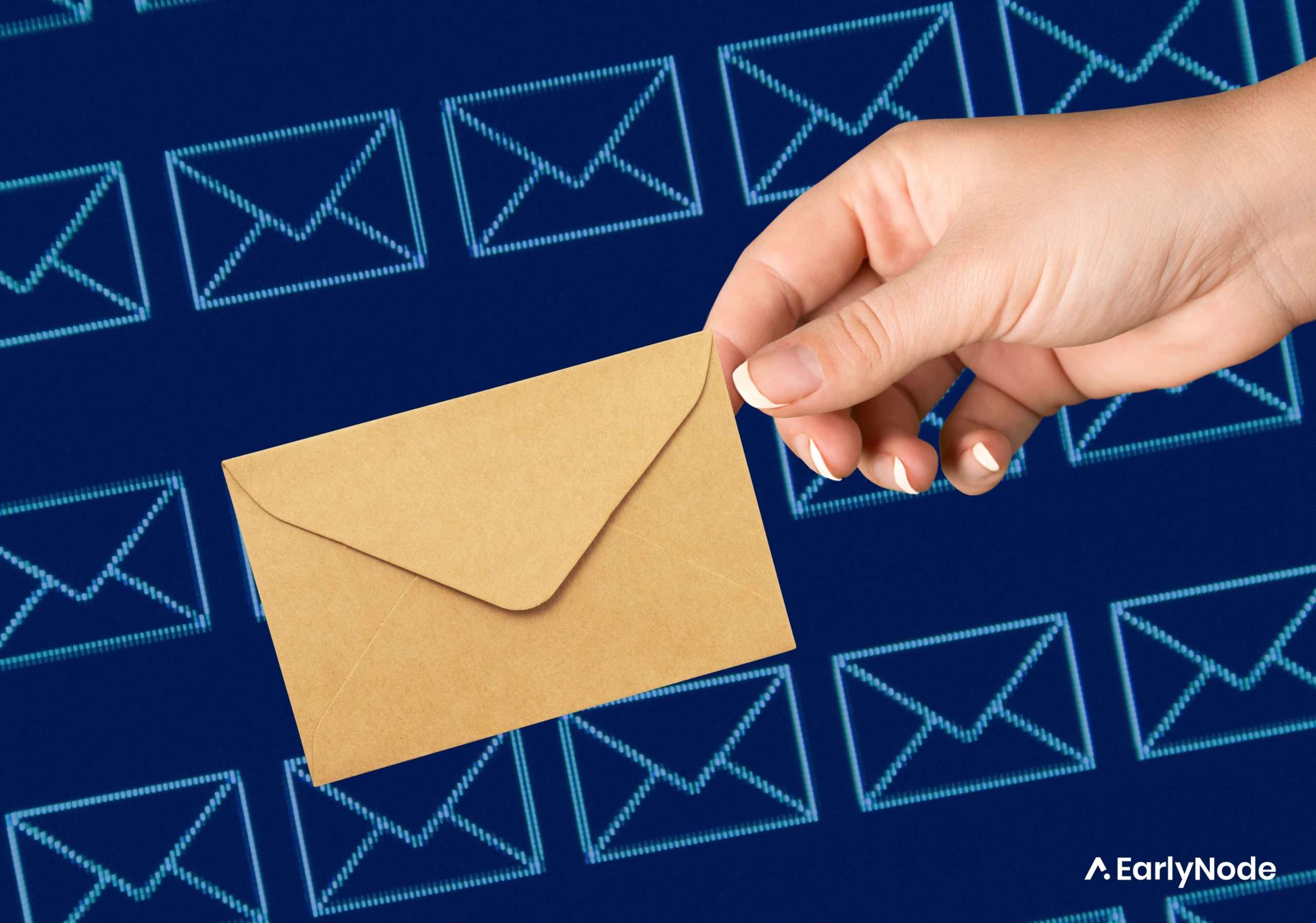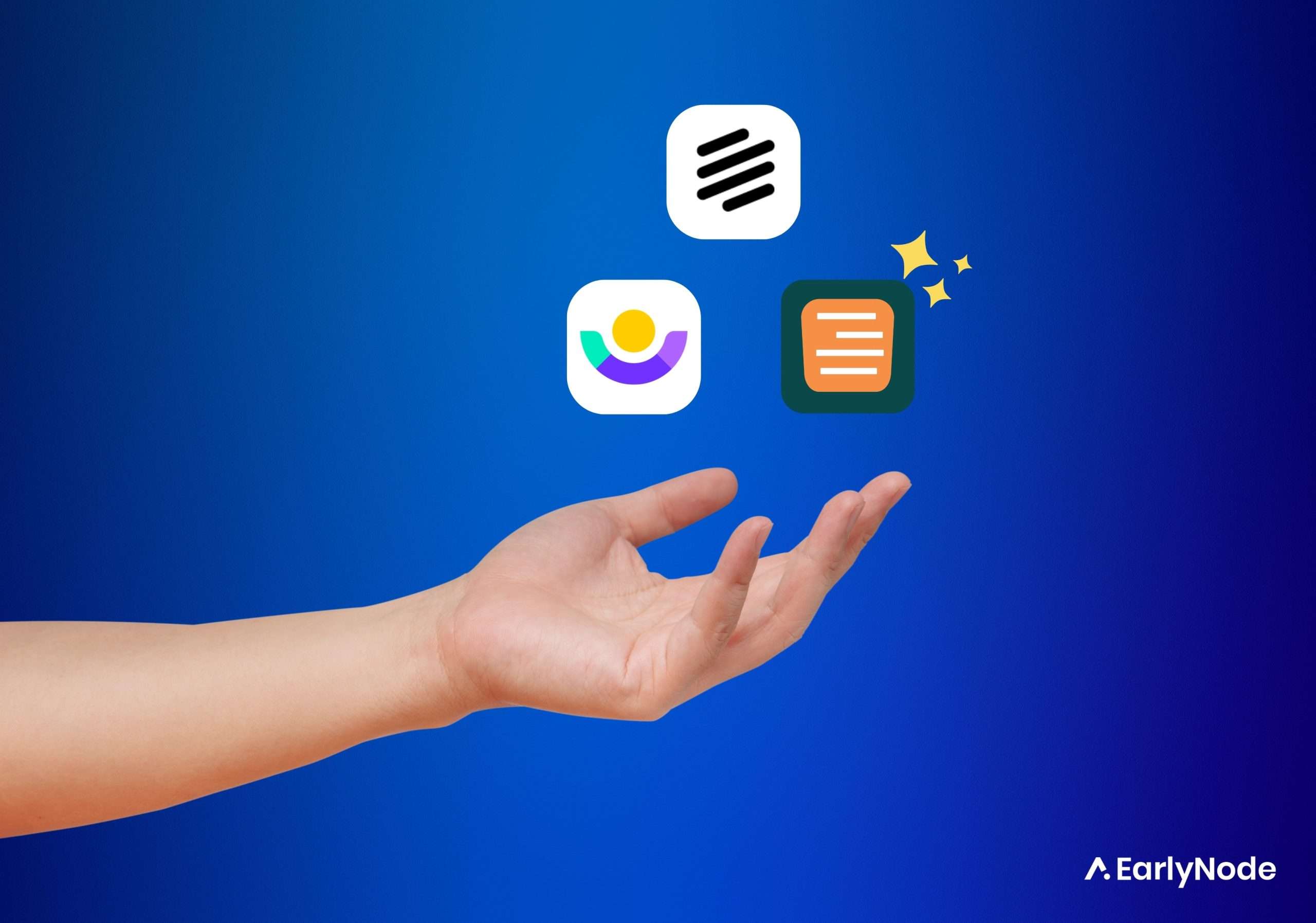How often should you communicate new features?
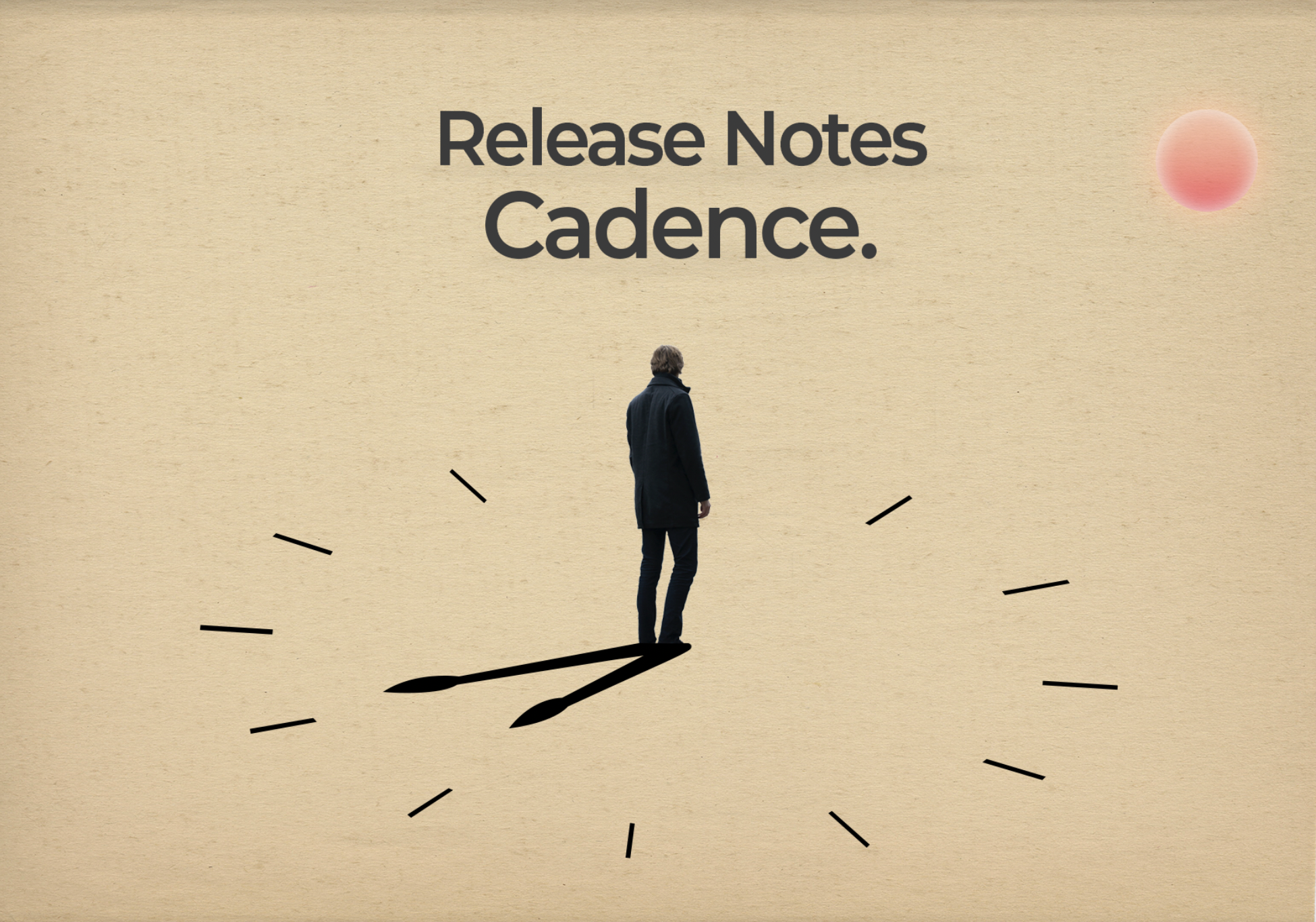
Great product features solve problems for your users. That’s what attracts new customers and keeps the old ones coming back. New and exciting features also keep fierce competition at bay. To thrive and stay ahead in the fast-paced SaaS environment, you need to regularly announce new value-adding features. But how often should you do it?
Here’s our advice on nailing the cadence and timing of SaaS feature announcements.
Release notes cadence
The cadence of your release notes is the frequency with which you announce updates and features to your users. You could be posting big fixes daily on an in-app changelog. Or you might prefer to email out a monthly update.
Your cadence will be informed by factors like the pace at which your engineering team delivers updates, and your users’ appetite for information. The right cadence can help you achieve your business goals.
3 Strategies for new feature announcements
Every SaaS will have their own unique approach to announcements but broadly speaking there are 3 strategies you can choose from:
1. Announce as soon as it’s released
If you have a simple SaaS product, an “early and often” approach might work best for you.You need to announce new features as quickly as possible in order to lead in a competitive market like SaaS. Keep your customers engaged with regular communication, and you’ll definitely see an increase in product usage and adoption rates.
By communicating your constant product evolution, you’ll attract new users and keep existing ones coming back for more. This strategy is especially effective for products that are still in the growth stage and face stiff competition.
We recommend making your announcements in-app and in context for maximum impact.
Best for: Simple startup SaaS products
2. Follow a predictable schedule
For more complex products and bigger teams, a fixed schedule is a better strategy. It provides consistency for users and allows your team to develop an organized workflow.
If you select a lower cadence, such as every two weeks or once a month, you can communicate a whole batch of product updates to your audience in one go. Your users will expect a comprehensive, well-crafted communication.
Take Drift for example. They follow a monthly product update schedule. This allows their team to plan and prioritize feature announcements according to their product roadmap, and to put some proper effort into their communication with users.
Best for well-established products with a devoted customer base, this strategy allows users to anticipate upcoming changes and look forward to them.
Best for: More complex SaaS products and companies
3. A combination of both
It’s not necessary to choose between batch announcements and constant communication if both work well for your users.You can create a monthly feature announcement schedule and supplement it with regular interaction with customers.
This approach gives you the best of both worlds: the chance to demonstrate how hard your team is working to address users’ needs, and consistency for both users and your team.
Best for: Small & Medium sized companies or fast growing products.
3 Factors affecting your feature announcement strategy
Different release notes cadences will work for different companies. Announcing new features right after release may be effective for your competitor but it could annoy your users and create a workflow headache for your product marketing team.
The answer is to decide on a cadence that works for your team, product, and audience. Here are the most important factors to consider.
1. Understanding what your users want
The most essential aspect to consider while announcing new features is your user base and their unique needs and expectations.
For instance, if your product is geared towards tech-savvy users, frequent announcements and updates are highly anticipated. Techy SaaS users are often excited to see their feedback implemented and any bugs quickly fixed.
On the other hand, if your user base is more corporate, they likely do not expect frequent updates and new features. They are content with a slower pace of release notes (and probably prefer to have less information flying into their inbox or interrupting their in-app activities).
Tolerance of change is another crucial factor. Enterprise users are less likely to welcome constant updates because they have already been trained to use particular features. Regular SaaS users, meanwhile, are usually quite tech-savvy and desire products that progress quickly.
Frequent product updates and feature announcements are welcomed by these users, as they enjoy learning new things.
2. Planning new features within your team’s capability
A successful feature announcement is a time-consuming process with various aspects such as design, rollout, and gathering feedback. The efficiency of the process is largely dependent on the capacity of your product marketing team.
It’s important that you don’t implement a schedule that stretches your team too thin. And suppose you announce a feature without sufficient preparation and management. In that case, it can lead to confused customers who ping support for questions and low feature adoption rate.
Therefore, it’s essential for teams to be honest about what they can do in what timeframe.
3. Assessing your product’s complexity
If your product is already complex to use for your customers, it can determine how often you should announce additional features.
An complex product demands significant effort and training from users. And announcing new features and updates every week could confuse users and make it super-hard for them to use your product effectively.
But if your product is simple and doesn’t require formal training from users, you can make additional changes often and users may even welcome them.
With a complex product, a jam-packed release note cadence may overwhelm your users. So, a slower cadence that allows for more time to gather feedback from customers is recommended.
3 Mistakes to avoid when announcing product updates
Effective communication of product updates is crucial for increasing user engagement and feature adoption in the SaaS industry.
While it’s important to strike a balance between announcing updates frequently and not overwhelming users, the manner in which these announcements are made is equally important. Here are three mistakes to avoid when announcing product updates:
1. Announcing the feature launch date too soon
Announcing a launch date too soon can lead to two negative outcomes:
- You don’t wanna announce a launch deadline that cannot be met. You’re risking your promise to the customers and not keeping it. If you delay your launches constantly, you will create a reputation as a SaaS, that always has new features “coming soon” but never materialize.
- On the marketing end, when you announce a launch date, the hype starts building. This makes it important to ensure that the interest generated by the announcement is sustained until the launch day finally arrives.
Announcing a launch date too soon without regular reminders risks the audience losing interest before the actual feature launch. Try to keep up the hype in your product until launch day. Eg, you can release teaser at regular intervals after the initial teaser announcement, until you launch.
2. Inconsistent feature release schedule
While the frequency of release notes must match the pace of product updates, it’s important to maintain consistency in the release schedule.
If you’re releasing new features inconsistently, it can affect the consistency in your announcements. Inconsistent announcements can lead to users missing out on valuable updates and feature enhancements.
You can package all your releases in a weekly or monthly roundup after they’re launched, to follow a consistent release schedule.
3. Not learning from the previous feature announcements
You can improve the way you announce new features and product updates by performing a post-launch analysis.
Analyzing the performance is an essential step toward enhancing your product marketing team’s processes. Through analytics, you can identify areas where the announcement could use more work, eg the quality of the copy, and use this information to perfect your future announcements.
It’s a good idea to survey your team and gain insight into how to improve your processes.
Overall, shortly after the feature announcement review the initial data and feedback and then follow up later to see how your feature announcements played out.
3 ways to communicate new features effectively
1. In-app announcements
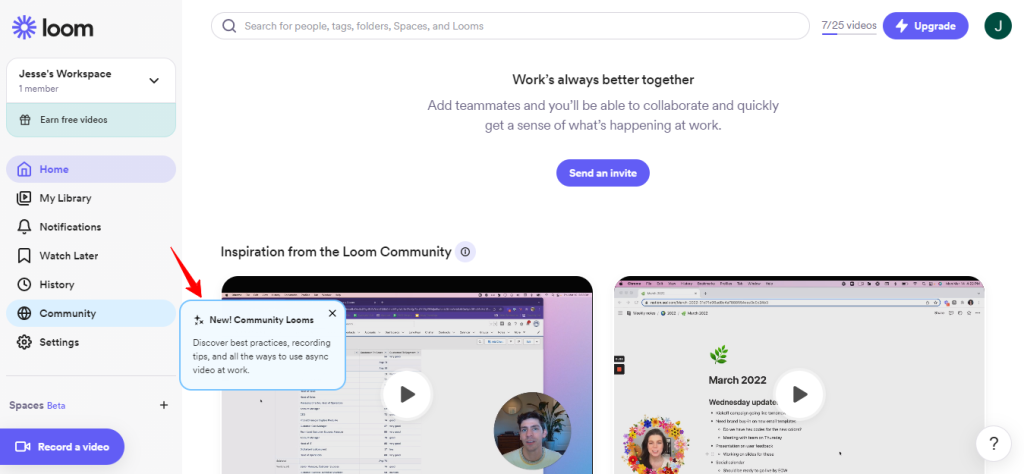
Announcing new updates with in-app messages like slideouts or tooltips can be a highly effective way to get your new features in front of your active users.
You need to be careful though because excessive in-app messages could annoy your users and disrupt their journeys. Here are some things to keep in mind.
Timing: Find the right moment in the user journey to announce a new feature. It could be when a user first opens the app or you can choose to announce it with a certain trigger.
Clarity: In-app announcements must be clear and easy to understand. Avoid technical jargon and use simple language to quickly explain the new features.
Visuals: Visuals such as gifs or videos are a great way to show users what the new features look like and how they work, within the app.
Call-to-action: Encourage users to try out the new features by including a call-to-action (CTA) such as “Try it now” or “Test it out”
2. Standalone changelog
A standalone changelog, helps you inform users about new features. With a changelog tool like ReleaseLog you can create a customizable changelog in seconds.
The following tips will help you create an effective changelog.
Organization: Categorize your changelog by date or by feature, making it easier for users to find relevant information quickly.
Descriptions: Use simple, clear language to describe each feature and how it benefits users.
Transparency: Be transparent about any bugs or issues that were fixed as well, to show that you’re committed to improving the product.
External linking: Provide links to product documentation, training materials, or detailed blog posts for users to understand more about the new features.
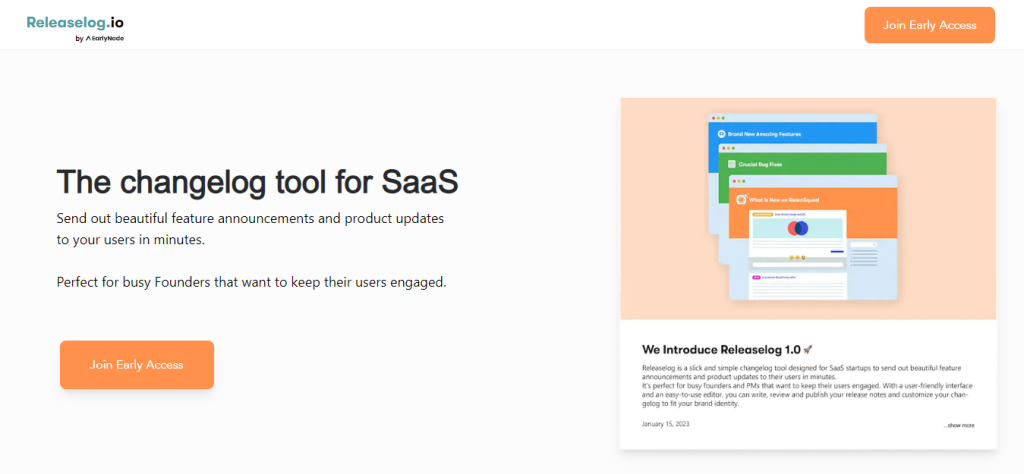
3. Blog post
Users love to read what they’re getting in a release package. And a detailed blog post can effectively communicate new features and their benefits.
Keep these in mind when writing a product update blog post.
Visuals: Use visuals to show users what the new release features. You can use images, videos, or GIFs to show new features in action.
Benefits: Explain the benefits of each new feature, focusing on how it solves a user problem or improves their experience.
Personal touch: Add a personal touch by sharing the backstory of the new feature, such as how it was developed or why it was added to the product. This can help users feel more connected to your brand.
Call-to-action: Include a call-to-action (CTA) at the end of the post, encouraging users to try out the new features or share the post with others. You can also include a link to “Learn More” to direct your users to product documentation or training materials.
Summary
When it comes to product changes, your product team and product marketing team need to be on the same page regarding how and when you announce those changes. Good internal communication will positively affect you communicate your product updates effectively.
It doesn’t matter how you choose to announce changes, it’s essential to make sure that the announcement is contextual and easily understandable for your users.
This way, you can increase the chances of your users adopting new features and staying engaged with your product.
